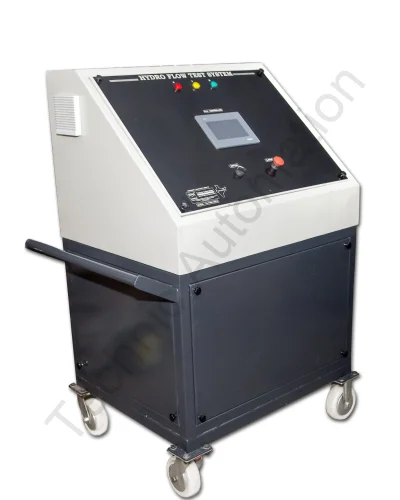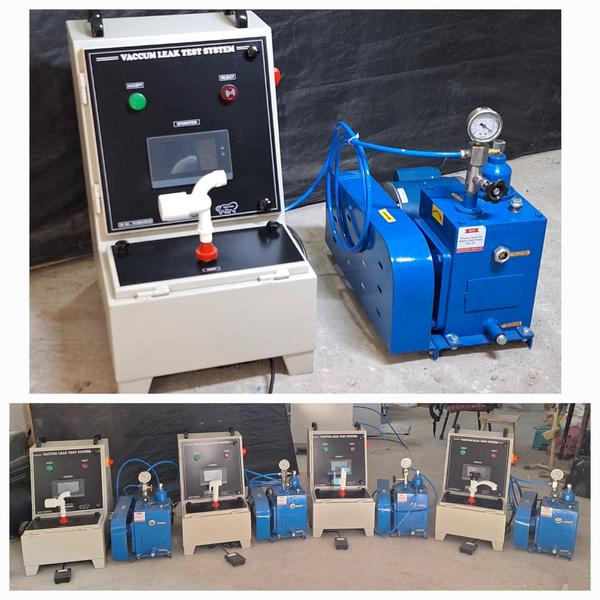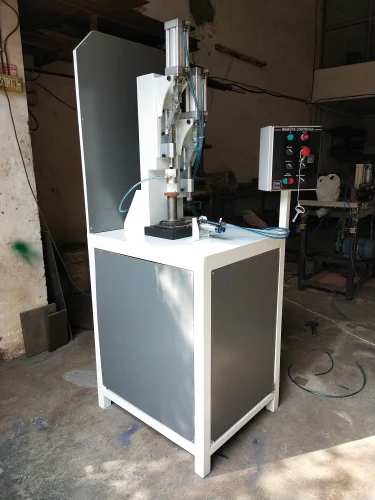
Air Leak Test System For Mechanical Seal
An air leak test system for mechanical seals is crucial for ensuring the integrity and functionality of the seals, especially in industries where containment of gases or liquids is critical, such as aerospace, automotive, pharmaceuticals, and oil and gas.
Here's how such a system typically works:
Seal Preparation: Before testing, the mechanical seal is installed in the appropriate housing or fixture according to the manufacturer's specifications.
Pressurization: The seal assembly is connected to the air leak test system. The system then pressurizes the seal with compressed air to a predetermined level.
Isolation: Once the desired pressure is reached, the seal is isolated from the pressure source. This ensures that any pressure drop detected during the test is due to leaks in the seal and not fluctuations in the air supply.
Monitoring: The system continuously monitors the pressure within the sealed assembly over a predetermined period. Any drop in pressure indicates a potential leak in the seal.
Analysis: The system analyzes the pressure data to determine the rate of pressure decay. This information helps in identifying the location and severity of any leaks.
Reporting: Test results, including pressure decay rates and any identified leaks, are typically recorded and reported for further analysis and documentation.
Keywords
oil
gases
seals
leaks
level
period
testing
fixture
liquids
location
Analysis
severity
Isolation
integrity
Reporting
aerospace
automotive
air supply
industries
Monitoring
information
containment
fluctuations
manufacturer
Test results
documentation
functionality
pressure drop
seal assembly
pressure data
specifications
Pressurization
potential leak
compressed air
sealed assembly
pressure source
pharmaceuticals
Mechanical Seal
Seal Preparation
desired pressure
appropriate housing
pressure decay rates
Air Leak Test System




